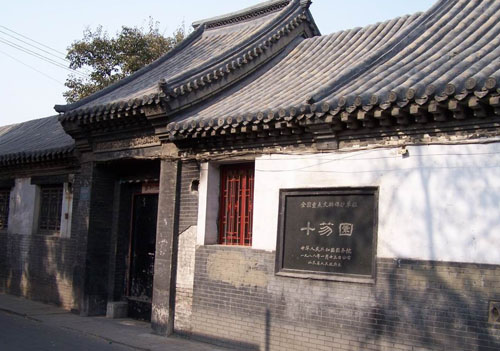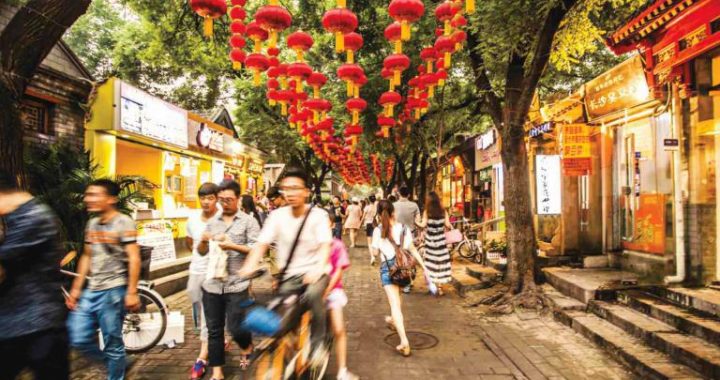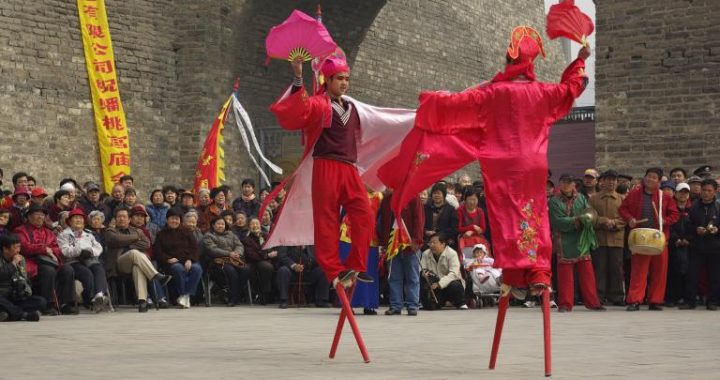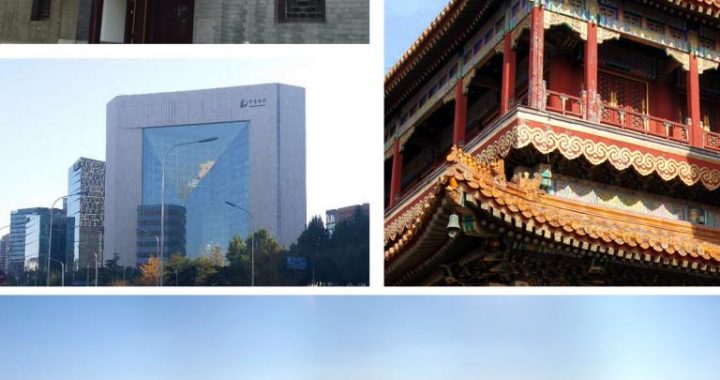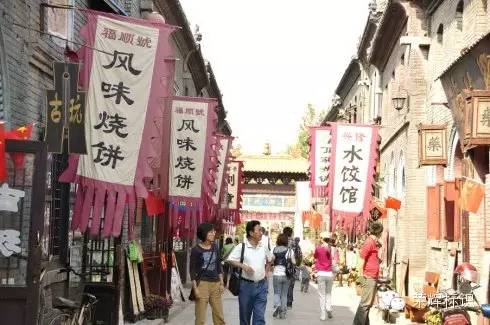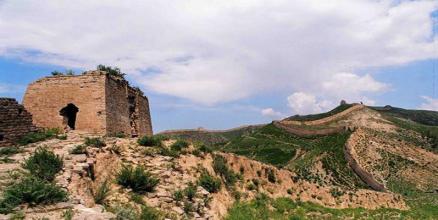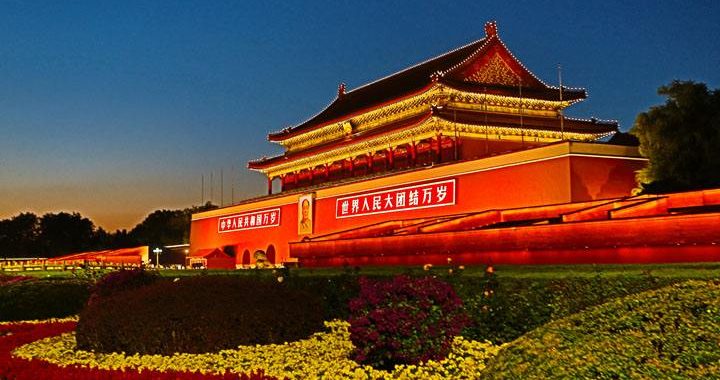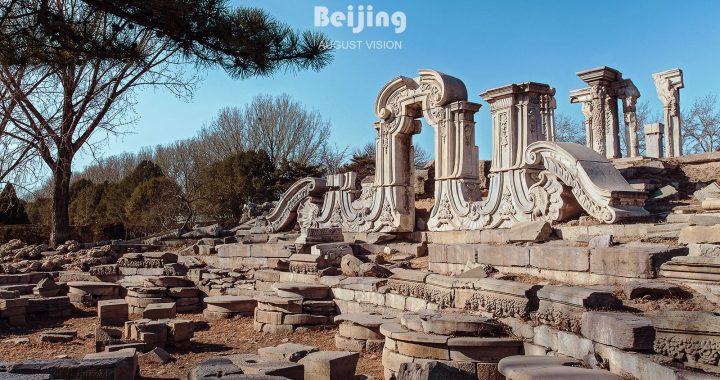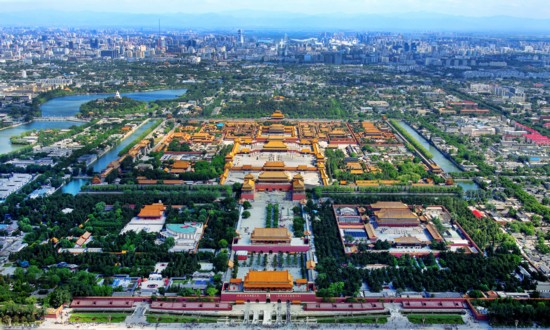Beijing Yangjiatun Village
3 min readTraveling southward for five kilometers from Junxiang Village along National Highway 109 and then turning left to head up the mountain, after a 2.5~kilometer stretch one will reach Yangjiayu Village. Near the narrow entrance to the village is an age—old temple, and the structure seems to have occupied an important position in the past, as testified to by its geographical location and the high platform of earth and rock and the sky-touching tree nearby.
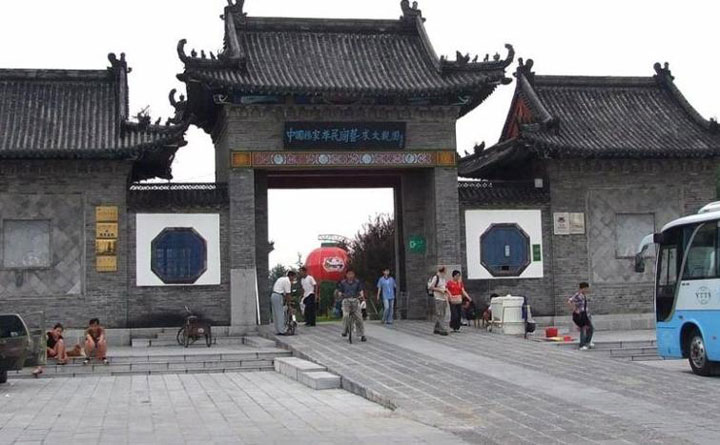
On the Black Dragon Ridge at the entrance to the village is a stone temple,with its main gate oriented to the village street in the east. Its western and southern walls are connected by a mountain cliff, and its northern wall is rooted in rocks. Although small in size,the temple stands in an imposing manner, looking like a crown if viewed from afar. According to the seniors in the village, this temple was originally devoted to the Goddess of Heaven and later conceived as a shrine other gods of Taoism. Numerous renovations took place, and in the early 20th century on the interior wall the color painting of the human—headed, bird—bodied Apsara was still clear.
In summer, when cicadas sing unceasingly amongst the luxuriant branches and leaves of the old trees, elderly villagers sit on the stone steps of the temple, enjoying the cool and viewing the out-of—town visitors with curiosity. Those small paths and residential houses, which have never been refurbished or rebuilt, retain much of the village’s original flavor.
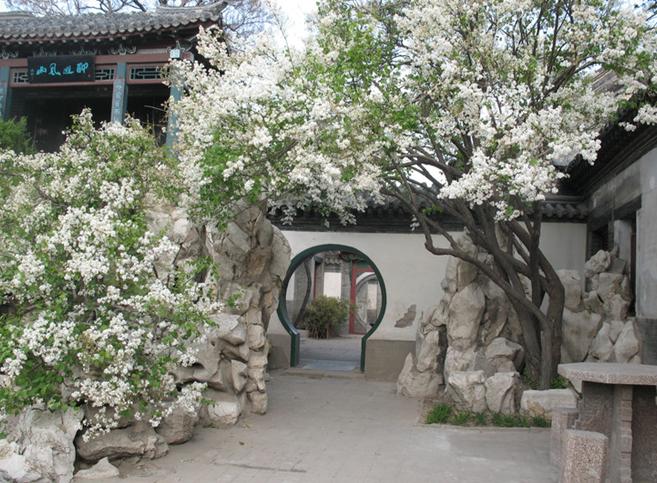
J ust one step away is open ground, which offers a much broader horizon. It is surrounded by old—styled residences closely distributed according to the terrain. The dark bricks and gray tiles exhibit a breathtakingly unadomed beauty. Standing in the center of the ground, one can see through the entire village, from the narrow entrance to the scattered houses in the distance,shaped like the holy vase in the hand of Bodhisattva Guanyin.
Passing the open ground, one will see crisscrossed lanes and houses in an orderly array. The buildings mostly date to the Qing Dynasty, some in the Ming style. There are dozens of Siheyuan (a residential compound with courtyard enclosed by houses on four sides), all showing an antique flavor provided by the dark bricks and gray tiles, flush gable roofs, and exquisitely engraved beams. The gate eaves are generally engraved in the patterns of tiger’s he (1 bat, and flowers The compounds in Yangjiayu mostly embrace one single courtyard, and inside the couityards, flowers and trees offer lingering fragrance and pleasant refreshment.
The layout of the courtyard houses embodies the feudal concept of hierarchy. Generally speaking, the house situated in the north and facing south was home to the most respected person of the family, followed by the houses on the eastern and western sides. while the house in the south served as guestroom with its side Chambers housing servants. Folk customs and traditional culture are revealed by the decorations. engravings. and c 1~ paintings in the compounds. Although broken or damaged, the beams, girders, brick engravings. stone engravings. and wood engravings of the age—old houses still maintain their past delicacy and charm. Hidden in the depth of the mountains, these elegant ancient houses blend in a graceful way with nature.
Most of the houses in the village were constructed in the late Ming and early Qing period, and due to a long period of weathering and a lack of renovation, some of the houses have already collapsed, leaving everywhere segments of the beams and walls. Some houses are left empty, with doors open wide.
